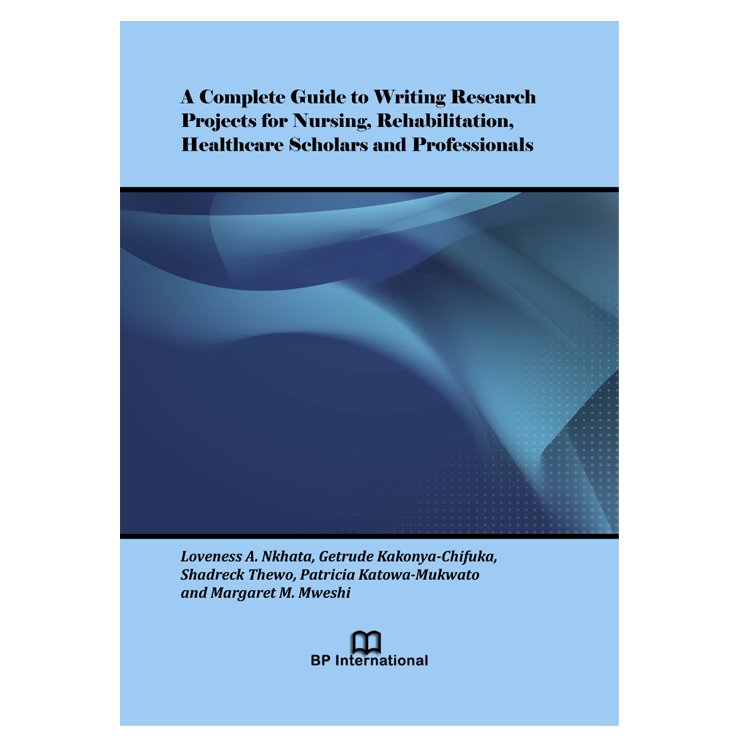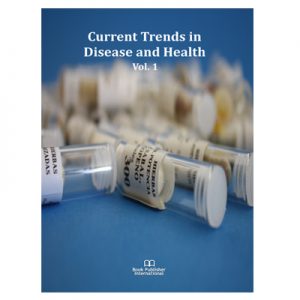A team of scholars with expertise in nursing, rehabilitation, and related life sciences has developed this guide to simplify the research process while maintaining academic depth and practical relevance. It provides a structured yet flexible approach to scientific writing, breaking down complex concepts into more accessible and manageable components.
The guide follows a progressive structure, with each section building on the previous one to ensure a coherent understanding of the research cycle, from conceptualisation to dissemination. The content is concise yet comprehensive, presenting essential research principles without overwhelming the reader.
Designed for a broad audience, this guide caters to both beginners seeking a strong foundation in research and experienced scholars or practitioners in need of a quick reference. Students and early-career researchers will find it a valuable tool for revisiting key concepts, while academics and industry professionals can use it for instruction or targeted guidance on specific research activities.
Unlike resources that focus on isolated aspects, this guide provides an integrated approach, covering the entire research cycle from developing a research idea to effectively communicating findings. Concepts are presented in a logical sequence, reinforced with practical examples and exercises to enhance comprehension and real-world application. Furthermore, the guide promotes critical thinking by encouraging readers to assess research design and literature analytically, fostering a deeper appreciation of scientific inquiry. It also acknowledges the financial dimensions of research, offering insights into budgeting and funding strategies crucial for successful project execution.
By equipping readers with essential methodological skills, this guide empowers them to design and conduct research effectively. It provides clear guidance on scientific writing and reporting while cultivating a critical approach to evaluating research literature. Through outlining core principles and methodologies, it establishes a strong foundation for academic and professional growth in health sciences.
As a self-contained resource, this guide enhances competency in scientific inquiry and communication. It is my hope that readers will find it both insightful and practical, enabling them to refine their research skills and make meaningful contributions to their respective fields.





